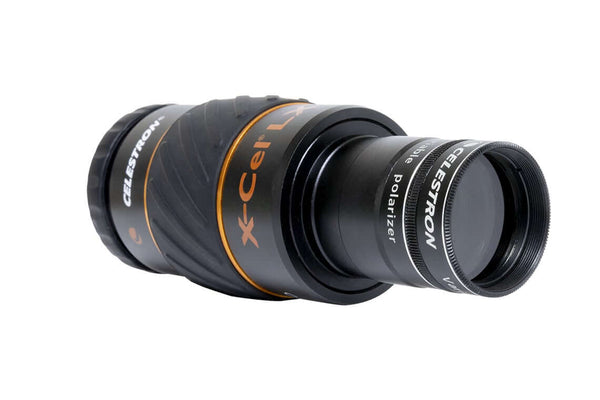









Why Purchase from All-Star Telescope?
Free Expert Support
Whether you are a first timer needing help with setting up or an enthusiast that can't quite make that one thing work, our expert staff are ready to support your needs. With decades of knowledge and first hand experience we've been there and we can help you through it!
Stress Free, Secure Transactions
You can trust purchasing and delivery with All-Star Telescope. All of our transactions are 100% secure and Level 1 PCI DSS compliant thanks to Shopify's ShopPay platform. For additional protection, we insure 100% of the value of every shipment we make. If it get's lost during shipment, we replace it. If it gets damaged during shipment, we replace it. We make sure your product arrives exactly as you would expect it to; we promise.
We also ensure privacy protection. We never keep any of your credit card information on file and any of your personal data is stored according to our policies.
30 Day Return Policy
Buy with confidence knowing that we accept returns up to 30 days after purchase. We want you to have something you will actually use and we are confident that we keep good quality products in our store with No Junk.
Price Match Promise
Shipping around for the best price is tough, we make it easier by offering the best pricing in the market. But if you find a better price on an in-store item somewhere else we will match it!
Product Description
When you want to selectively reduce the brightness of celestial objects for a customized view, the Variable Polarizing Filter is the perfect choice. Unlike regular Moon Filters and Neutral Density Filters, the level of brightness can be reduced to just 1% or as much as 40%. To make the adjustment, simply rotate the filter’s lower ring and the image gets brighter or dimmer.
This filter does not alter the colour of the object you’re observing, making it a great choice for astroimaging, especially when imaging the surface of the Moon. By reducing the brightness, lunar details become more pronounced and defined. This filter can also be used to darken the blue-sky background when hunting for planets like Venus or Jupiter in the daylight, making the planet stand out from the background.
The Variable Polarizing filter threads onto any Celestron 1.25” eyepiece. Lastly, the filter can be threaded on both sides so you can stack it with other filters, such as colour or neutral density, if needed.
Specifications
| Size diameter: | 31.75mm (1.25") |
| Cell Housing: | Aluminum cell housing |
| Stackable Filter: | Yes |
| Light Transmission: | Adjustable for large and small telescopes |
| Dimensions Filter only: | 31.4mm x 22.4mm (1.23" x .88") |
| Dimensions Case only: | 68mm x 28mm (2.67" x 1.1") |
| Dimensions Packaging: | 72mm x 71mm x 33mm (2.83" x 2.8" x 1.3") |
| Weight Filter only: | 0.56 oz (16 g) |
| Weight Case only: | 0.91 oz (26 g) |
| Total Package Weight: | 1.7 oz (50 g) |

